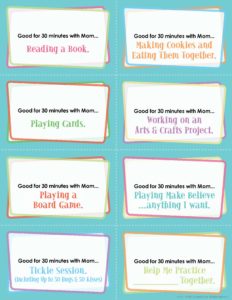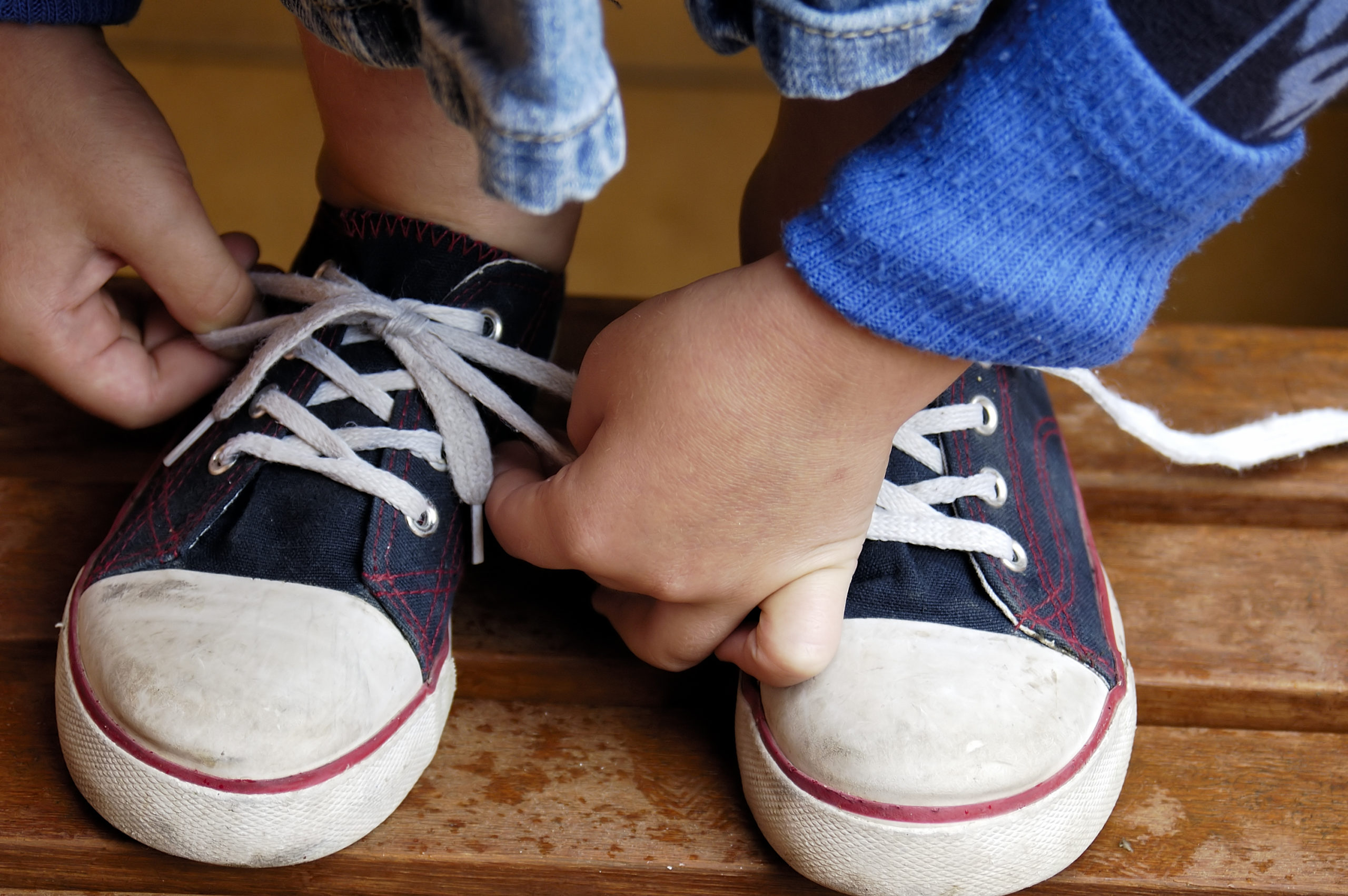Earlier this week, my toes curled over a damp towel on my daughter’s bedroom floor. “Ick! What’s this doing here?” I asked, reaching down to pick it up. My daughter, lounging on her bed, shrugged. “Can you hang it up in the bathroom?” I asked. The next day, as I climbed the stairs, the bathroom door popped open, and my daughter emerged in a cloud of steam. She saw me. I saw the towel wrapped around her. I thought, “Maybe this time she’ll hang it up.” But no! I passed her room a few minutes later and spotted the wet towel on the floor. “Your towel,” I said, pointing. When she returned from the bathroom, I muttered, “Good job. Thanks.” This time, I thought I’d given her some praise to reinforce the behavior. But the next day, I stepped on another wet towel. What on earth was going wrong?
Apparently, there are two types of praise: general praise and effective praise. But of the two ways to praise a child, one’s better. Here are the 4 steps to improve a child’s behavior using effective praise, along with how and when to use it. It’s not hard, but it does take a little extra thought!
1. Give approval after she’s done something positive.
“Great job!” My daughter had decided to clean her room. Even though it wasn’t perfect, she’d put all her dirty clothes in the hamper and straightened her pile of books. It was a step in the right direction. And she did it without being told.
Use words to give approval, like “terrific,” “wonderful,” “very impressive,” or “excellent!” When we notice the things our kids do and praise them for it, they feel good about themselves and about you. They like our attention and will likely repeat the behavior that brought it. In their book, Common Sense Parenting, Ray Burke, Ph.D., Ron Herron, and Bridget A. Barnes, M.S., say our approval should “be sincere as well as enthusiastic.” You can also show approval by giving your child a hug, a high five, or a pat on the back.
2. Describe the specific, positive behavior that earned your approval.
“You washed up before dinner,” I said to my son, as he emerged from the bathroom shaking wet hands. I felt a little silly stating the obvious. But doing so meant I’d paid close attention to a behavior I liked. Your child, like mine, may look surprised by your statement, but inside, chances are he liked that you noticed him doing something well. Describing the positive behavior is the second step to encouraging more of what you want from your child.
According to Burke, Herron and Barnes, general praise is good, but if we want to improve a child’s behavior, we need to use effective praise because it’s a better way to praise a child. With this step, be short and sweet and to the point. Just let him know what he did well.
3. Give a reason why it was good behavior.
“When you wash your hands without being told, it saves me time from reminding you,” I said to my son. “It also gets rid of all the dirt and germs you probably picked up at school.” He smiled in return.
Giving kids a reason helps them understand the relationship between their actions and how it benefits them or others. So, you might explain to a younger child that she was a good helper and, because of that, might get an extra book at bedtime. With a teenager, you could tell her that helping is something that might earn her a raise at her part-time job. Understanding why her behavior was a good thing makes it more likely she’ll want to repeat the behavior, especially if she sees the connection to how it benefits her.
4. Provide an optional, positive reward.
“I know that your sister got you really upset, but you kept your hands to yourself, and you didn’t say anything hurtful. Because of that, you’ve earned an extra half-hour to stay up with Dad and me tonight.” My son smiled, proud. As Burke, Herron, and Barnes put it, “When children are recognized for the effort they make to improve, they will keep on trying to get better.”
The last step to effective praise is optional, but you might want to incorporate a positive reward when you’re exceptionally pleased with a certain behavior. Incorporating a reward increases the chances that your child will want to repeat the behavior. Whether the reward allows your teen daughter to borrow your earrings for the dance or your young son to have a sleepover, make sure the size of the reward fits the size of the positive behavior you want repeated. It won’t happen overnight. But by consistently incorporating effective praise into your daily routine, your children’s behavior will eventually improve.
By consistently incorporating effective praise into your daily routine, your children's behavior will eventually improve. Click To TweetIf you’re thinking about incorporating positive rewards now and then, check our our cute, printable Kid Coupons! There are three pages of fun coupons and blank ones at the end to write your own ideas for a great reward.
What ways to praise a child have you used, and has behavior improved in your home?











